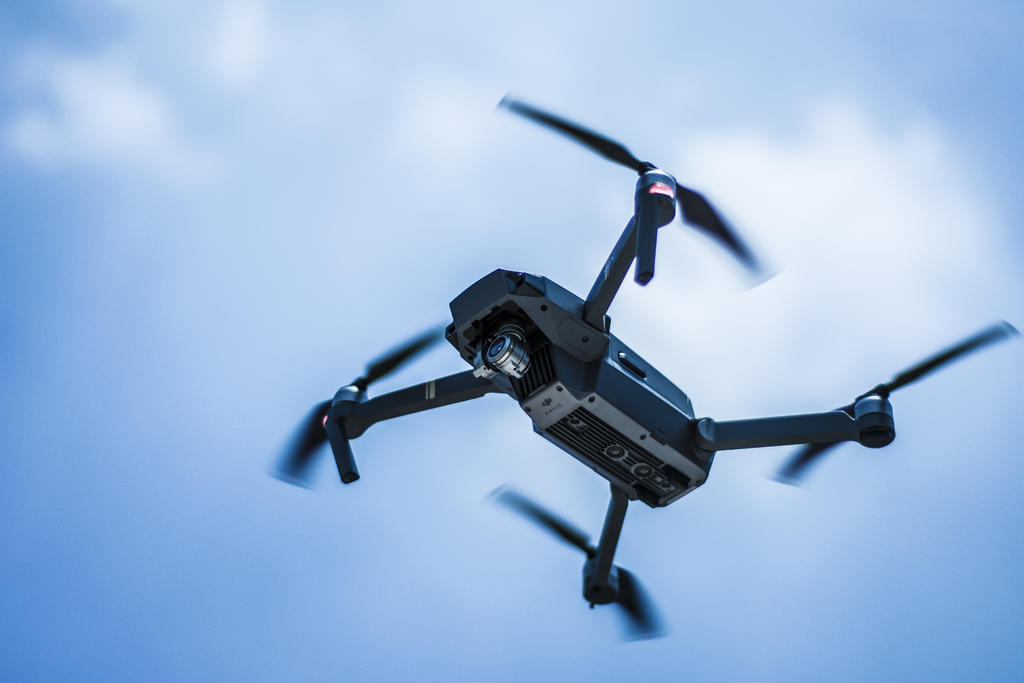In the ever-evolving world of drone technology, integrating a thermal camera can profoundly enhance the capabilities of your aerial device. Drones equipped with thermal imaging technology have become indispensable in various fields, from agriculture to emergency response, and even in industrial inspections, as they offer a unique perspective that standard cameras simply cannot provide.

Understanding Thermal Cameras for Drones
Thermal cameras detect infrared radiation, translating heat signatures into visible images. This capability allows drones to effectively “see” in the dark and identify heat variations that are invisible to the naked eye. The use of a thermal camera for drone setups is not only innovative but essential for tasks requiring precise temperature readings or locating subjects under challenging conditions.
Applications and Benefits
- Search and Rescue: In emergency situations, locating missing persons in vast landscapes can be expedited with thermal imagers, as they quickly detect body heat against colder backgrounds.
- Agricultural Monitoring: Farmers use drones equipped with thermal cameras to spot irrigation issues, disease outbreaks, or monitor wildlife without disturbing ecosystems.
- Building and Infrastructure Inspection: Professionals can detect energy losses or overheating components in structures and machinery, preventing costly damage.
The versatility of thermal cameras significantly broadens the horizons for drone uses, making them a worthy investment for hobbyists and professionals alike.
Choosing the Right Thermal Camera for Your Drone
When selecting a thermal camera for drones, consider factors such as resolution, frame rate, and compatibility with your existing drone system. Higher resolution cameras provide clearer images and better detail, essential for tasks requiring precision. Frame rate is crucial for capturing smooth, real-time footage, especially in areas requiring dynamic tracking—like wildlife studies or security patrols.
Installation and Integration
Attaching a thermal camera to a drone can be straightforward, but it requires attention to detail. The camera must be securely mounted and harnessed to ensure stability during flight. Calibration is key to provide accurate and reliable temperature readings, while software integration with the drone’s system is also critical for effective operation.
Market Considerations
As the popularity of drones and thermal imaging soar, the market for these gadgets has expanded. Numerous manufacturers offer competitive models, each boasting unique specifications and price points. It’s beneficial to evaluate your specific requirements and budget to pinpoint the most suitable option. Conducting thorough research can lead to a cost-effective purchase that meets your needs without compromising on quality.
Investing in a thermal camera for drone use not only enhances the functionality but also increases the overall value of your equipment, enabling it to perform a broader range of tasks efficiently.
FAQs
Can thermal cameras see through walls? Thermal cameras do not see through walls. They detect heat signatures on surfaces, which is why they are useful for spotting anomalies like heat leaks or structural issues
Do thermal cameras require regular maintenance? While generally low-maintenance, it’s wise to occasionally check the camera for lens dirt or software updates to ensure optimal performance.
Is it necessary to have a high-resolution thermal camera? Resolution matters for clarity and detail; however, the ideal resolution depends on the specific application. For broader surveys, a standard resolution might suffice, whereas inspections demand higher clarity.